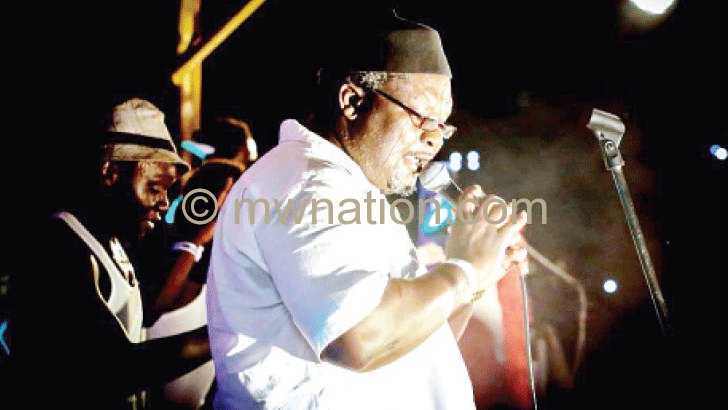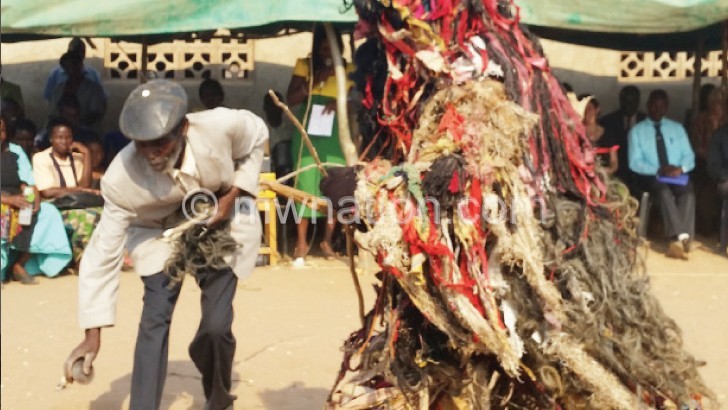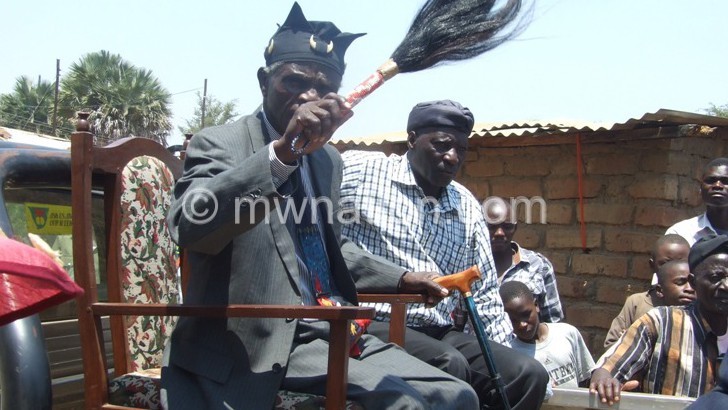Three fold face of circumcision
For quite a long time in Malawi, circumcision has been associated with the Islamic religion and the Yao customary rite of passage, jando.
In typical Yao settings, men that are uncircumcised are considered uncouth and are deprived of gatherings with the elderly and are sometimes denied sexual intercourse.

What does being circumcised mean in the Yao society?
Speaking in an interview with Chill, T/A Nyambi from Machinga says according to the Yao people circumcision is a custom and not a means of protection.
“Being circumcised means that one is accepted to be a Yao, in the past one was considered a grown up once circumcised because they were being circumcised after coming of age and there was counselling but now even babies are being circumcised,” says Nyambi.
He adds that in the past, Yao women could not have sexual intercourse with uncircumcised men but now the custom is slowly dying.
On his part, T/A Mlomba from the same district tells Chill that before the coming of the Arabs in the lakeshore areas, the Yao were already circumcising their men through a customary rite of passage called lupanda.
“During lupanda, the scrotum of the men was not cut, but it was rubbed off with another object,” says Mlomba.
He explains that when one is circumcised he is considered a man because usually during jando circumcision there is a counseling session where the boys are taught on way of life for the Yao people.
What is the connection between circumcision and religion?
Nyambi argues that it is difficult in some instances to separate circumcision from Islamic religion but he is quick to add that not all Yao people are Muslims.
“The issues of Islamic religion and customs of the Yao are intertwined as most Yao people are Muslims, one is not allowed to lead prayers if he is uncircumcised,” says the traditional head.
Mlomba says the jando is an influence of the Islamic religion as people abandoned the lupanda initiation for jando.
However, in recent times, the custom has spread to other cultures in the country.
The World Health Organisation recommends circumcision and Malawi’s National HIV Prevention Strategy 2009-2013 acknowledges its role as such it engaged men in Voluntary Male Circumcision in most hospitals and clinics in the country.
Banja La Mtsogolo (BLM), rolled out voluntary male circumcision at its network of 31 national clinics in 2009 as part of an HIV prevention package.
Brendan Hayes, the head of BLM’s HIV project, admitted to Irin News that male circumcision has been a hard sell.
A BLM Clinic, in the high-density Township of Kawale in Lilongwe, performs about 100 circumcisions a month at a cost of up to K3 500 each.
“We’re getting clients from all the major ethnic groups in basically representative proportions, so we’re not just displacing the traditional circumcision sector or providing services just to Muslim clients,” said Hayes.






I suspect that it was the foreskin that was not cut during lupanda not the scrotum!